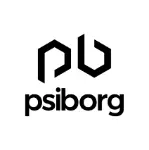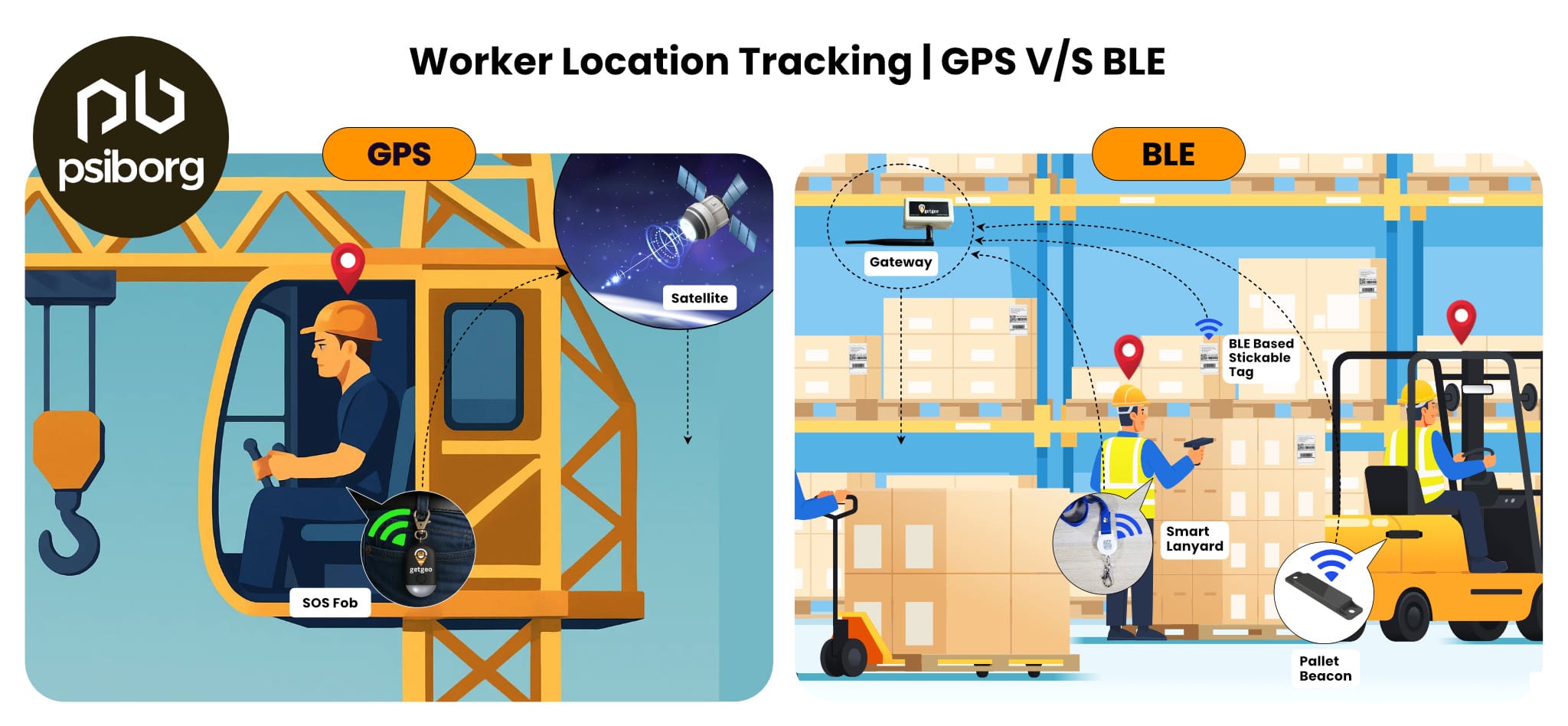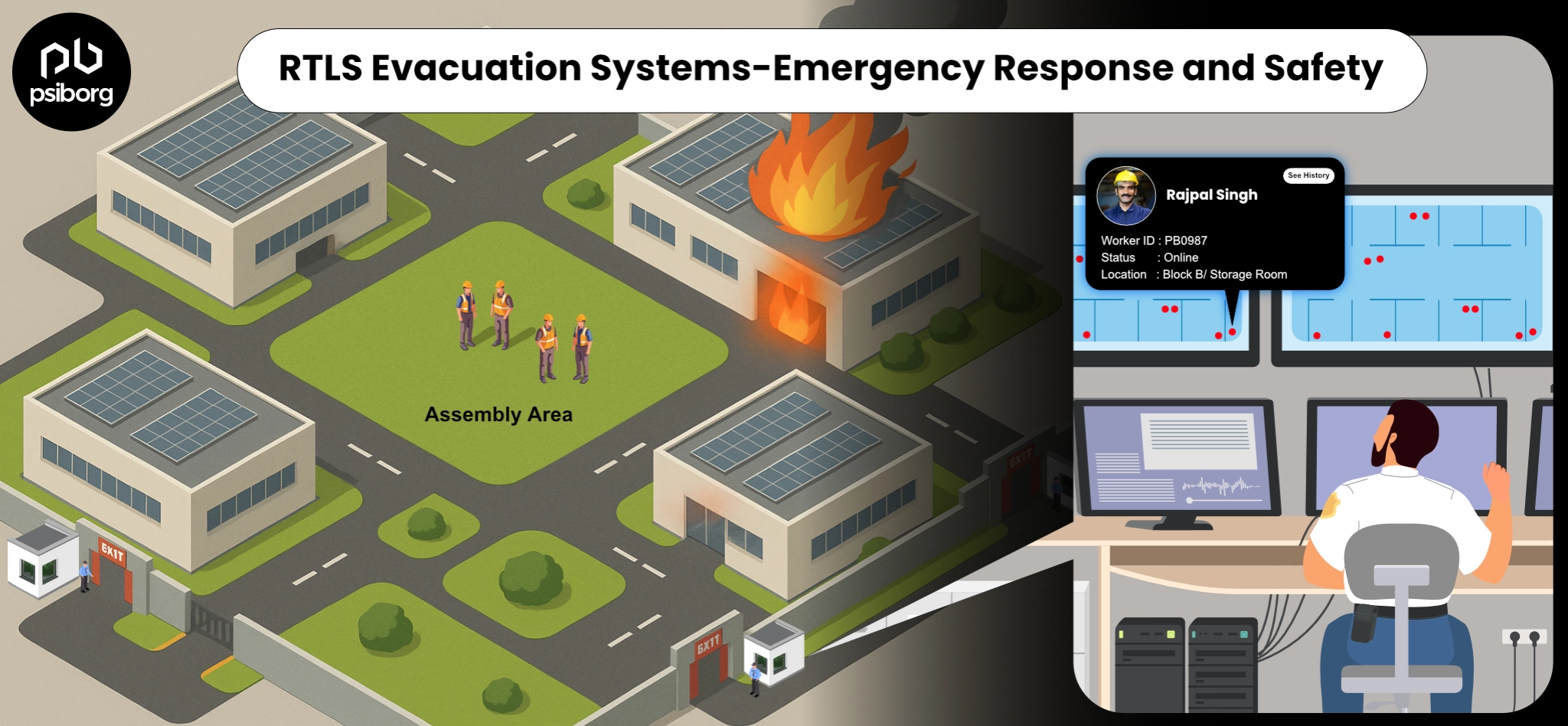We keep saying that IoT has use cases in all industries. But, it’s also hard to believe for many, who are new to IoT. That’s where blogs come in handy.
In today’s blog, we will explain the application of IoT in railways and the benefits IoT offers to the railways.
Why are we talking about railways, though?
Have you ever experienced a local train crowd in Mumbai? If yes, then you are familiar with all the struggles, and I also fear that Delhi metro scenes will soon resemble Mumbai locals.
India is where more than 22 million people travel daily by train, and it gets pretty difficult for the ground staff to manage the huge crowd. However, with the use of IoT, overcrowding can be managed by monitoring the passenger’s density.
Besides this, India is a country with extensive railway networks. But it lacks basic safety mechanisms and public awareness. Maybe that’s why, today it’s no surprise to see news of death due to a rail line crossing.
However, with the installation of IoT sensors like smart line crossing sensors, the station authority will get real-time information to make decisions regarding train signals.
IoT is just like reading books, the more you read, the better it gets.
So let’s discuss all and everything about IoT in railways so that you don’t have to do multiple Google searches.
How the Use of IoT Technology Can Improve Railway Operations
The railway industry has been around for centuries, in India, it’s been here since the time of the East India Company.
For us, it’s an affordable, effective, and reliable means of transportation.
And like other industries, the railway industry has also positively adopted technology over time. So it’s very evident now to discuss the use of the Internet of Things for high-speed railways.
The list of IoT technologies that can improve railway operations are:
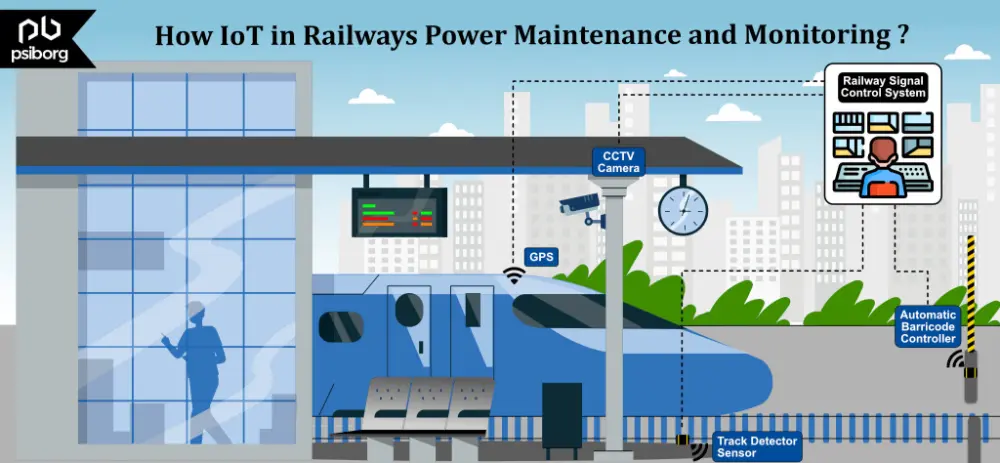
Sensor Technology
IoT sensors in the railway industry can be used to improve safety and proper maintenance. The sensors can collect and relay a host of data related to the structure, such as pressure, force, humidity, temperature, or vibration. The collected data will allow operators to oversee and monitor multiple train systems at once. Other than this, sensors also help ensure passenger safety by detecting any kind of error or obstacle on tracks in real time.
Automation
The primary use of IoT is in automation and connectivity. Smart IoT-based automation systems can be deployed in railways to streamline the entire operation by automating signal controls, switches, train movements, and traffic flow. With automation and connectivity technology, real-time remote monitoring is possible and also facilitates predictive maintenance.
Data Analytics
Getting real-time data insights remotely will strengthen the railways by giving actionable insights across all areas. Data analytics will help in scheduling trains by revising passenger flow and demand patterns. Predictive analytics will help in forecasting equipment failures so that proactive maintenance can be done to reduce downtime and cost.
IoT in Railways: The Three Major Areas of Concentration
When it comes to railways, safety is the major concern that IoT solutions try to resolve.
Speed monitoring and control systems are already there that report the train speeds to the central control system.
Besides train speed, the three major areas in the railway industry where IoT technology can be beneficial are:
- Signaling
- Interlocking
- Level crossing control
1. Signaling
A smart signaling system will help in controlling the movements of trains by remotely adjusting train speed and braking.
Traditionally, railway signaling is done through radio-frequency identification (RFID), which is generally used for inventory management and asset tracking. But it doesn’t directly control train movement or provide communication between the trains and the ground.
However, the wireless train-to-ground signaling system offers direct communication between trains and ground infrastructure by using technologies like LTE or GSM.
It allows real-time data exchange between the train and control centers for operational controls,
(This will prevent train collision accidents.)
2. Interlocking
Interlocking on rail tracks is done to avoid clashing trains at junctions and crossings. The interlocking system is in synchrony with the signaling system. IoT can improve interlocking by integrating automation and connectivity with the signaling system.
3. Level Crossing Control
Improving the control of level crossings is very important to prevent accidents. Integrating IoT technology into level crossings means installing sensors that can monitor barriers, tracks, and approaching trains. The sensors transmit real-time data that can lead to automatic barrier control based on proximity.
Some Other Use Cases of IoT in Railways
The more modernization occurs, the more it becomes necessary to integrate advanced technologies like IoT, which can improve operations to effectively manage everything.
We have already talked about the three major areas where IoT can be integrated to ensure safety. However, IoT offers much more than just safety.
Some other applications of using IoT in railways are:
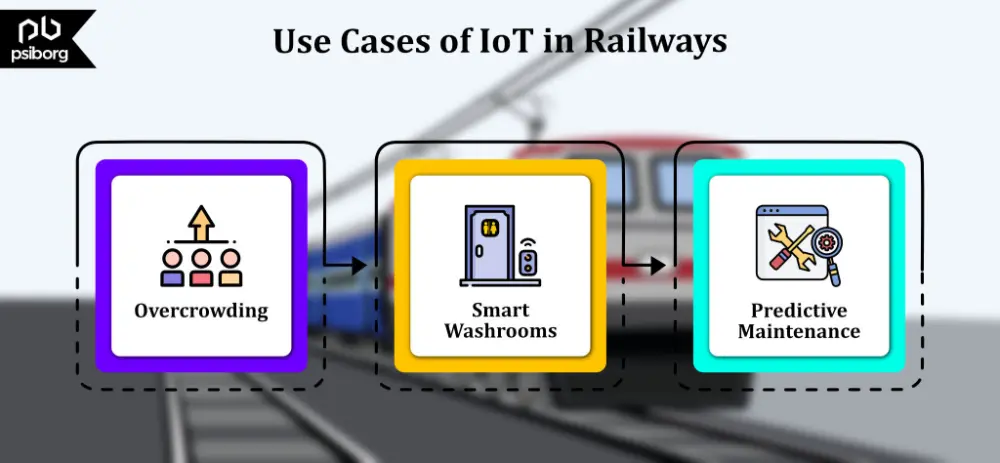
1. Overcrowding in Railways
Overcrowding in public areas is always unpleasant and leads to accidents. To manage overcrowding on trains and railway stations, sensors can be placed throughout the stations that will spot crowd density and inform staff to take action.
Staff can make dynamic adjustments to direct passengers to less congested routes and send alerts to overcrowded areas.
2. Smart Washrooms on Stations
Now we all face washroom-related problems at railway stations. Now, this might sound like a field with no use of IoT, but the implementation of IoT can improve bathroom cleanliness at railway stations and trains.
One solution for smart railways using IoT is a smart washroom management system that is stacked with various sensors like a people counter sensor, a bin sensor, an ammonia sensor, a wet floor sensor, and an occupancy sensor. Through the data collected by the above-mentioned sensors, proper and timely actions can be taken.
Smart washroom management solutions can help keep washrooms clean 24/7.
From the customer’s point of view, clean washrooms can be a major factor in positively impacting the rail experience, thus benefiting the railway industry.
3. Predictive Maintenance
One IoT solution that can be integrated into every industry is – Predictive Maintenance. By embedding IoT sensors on the rail assets, it becomes possible to continuously monitor their assets remotely. It is highly recommended that railways perform IoT based predictive maintenance since it provides non-destructive inspections and monitoring of the equipment’s health. There are various applications of predictive maintenance in railways, like predictive maintenance in level crossings, predictive maintenance for bridges and tunnels, and also predictive maintenance of signaling infrastructure.
4. Water Level Monitoring to Control Water Wastage
With a water level monitoring system using IoT technology a surveillance system can be set up to control water wastage and properly manage and monitor water usage in trains and railway stations.
For instance, by detecting the water availability status through real-time monitoring through an IoT platform, the system will help the managing team analyze how much water is needed and consumed by passengers.
This real-time remote data analysis will help in proper water management.
So, if the train is detected with a lower water threshold, it will be given first priority for tank filling instead of other trains. This way, overflowing of trains can be avoided and wastage of water can be controlled.
Also, since it is a smart and automated system, if a train with a low water level is detected then early information will be given to the upcoming station regarding how much water is required.
Therefore, the authorities will be able to manage the situation smartly and quickly.
To Wrap it Up,
Despite having one of the largest railway systems in the world, Indian Railways needs more attention and technological help, especially when it comes to punctuality, management, and monitoring.
With the announcements of bullet train projects, we still have to conquer many obstacles related to the railways.
The railway industry can utilize IoT not only to improve operations but also in the manufacturing process of trains and locomotives.
Indian railways have started touching the IoT surface, but they still lack the ability to use IoT to its full potential. As more IoT devices become available, there are more chances for the existence of smart railways using IoT to increase safety and improve cost savings.
PsiBorg Technologies works in the field of providing industrial IoT solutions. Among other things, we have developed all the above-mentioned solutions to enhance the safety, comfort, and convenience of rail travel.
At PsiBorg, we offer end-to-end IoT product development services to businesses and assist them in building smart solutions.
Connect with us today to learn about our IoT solutions that are beneficial for the railways.
FAQs
IoT is known for collecting real-time data and giving data-driven insights. Now, this IoT application is widely used in the transportation industry. For instance- IoT in railways uses communication-based technologies for rail track management and increases safety measures for trains. IoT in transportation will bring massive change, be it land, air, or water transportation, by improving safety and increasing comfort.
Some of the major roles of the use of IoT in the railway industry are-
- Managing risks related to security & safety
- Monitoring infrastructure
- Controlling operational cost of trains with energy management
- Asset tracking
- Predictive maintenance
A smart railway signaling system can help control train movements by remotely adjusting train speed and braking. However, some other ways through which IoT technology can improve railway signaling systems are –
- Reduce crowding
- Using Lux sensor for safety
- Ambient condition monitoring
- Air quality monitoring
- Lever crossing controlling
- Interlocking
